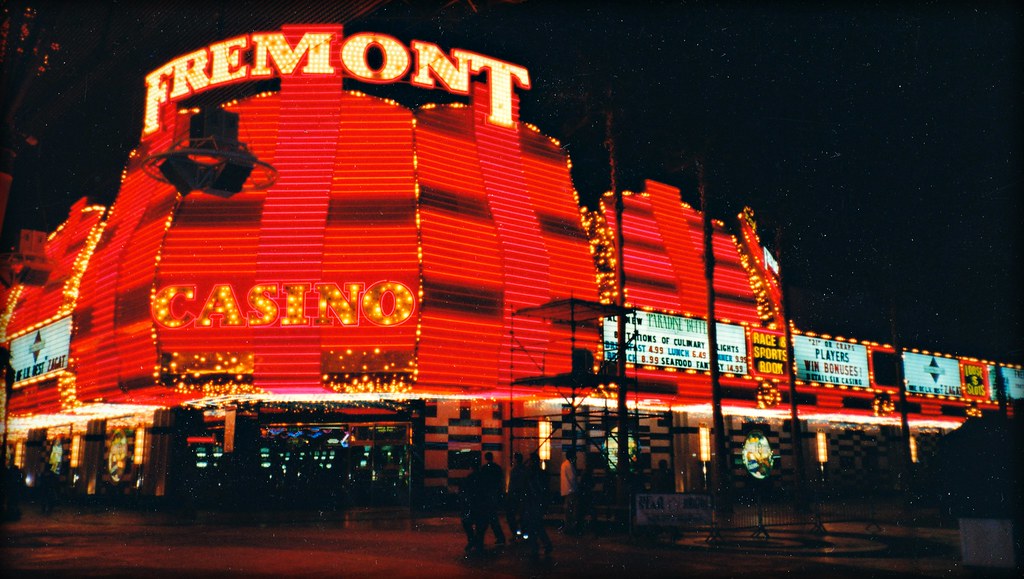Santa Fe Emerges as America’s Third-Largest Art Market
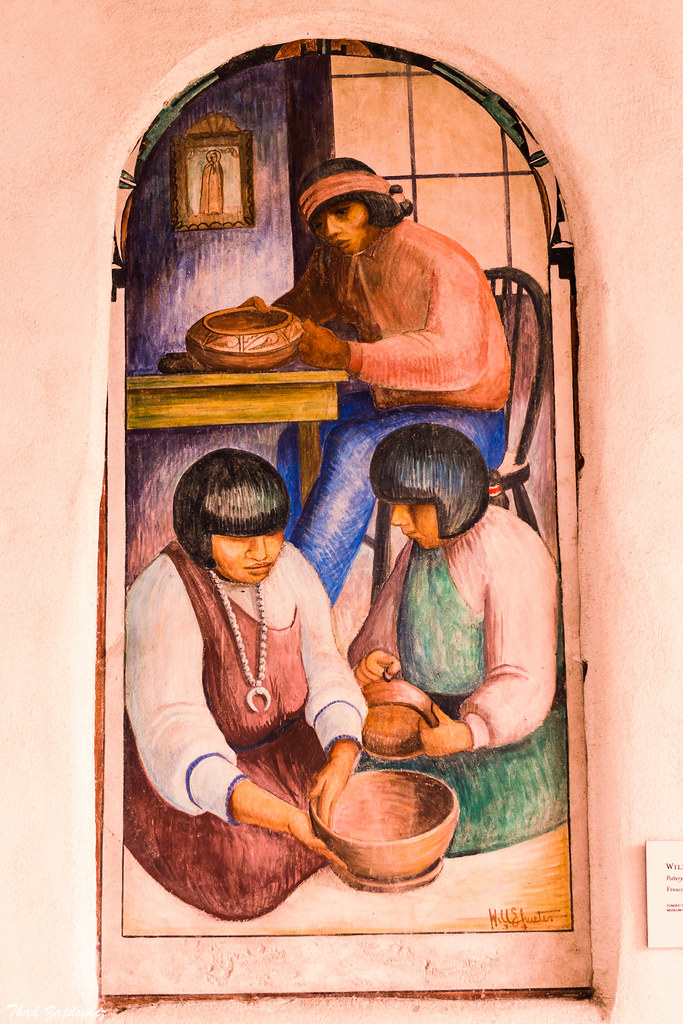
Something remarkable is happening in the high desert of New Mexico. Forbes magazine labeled it the third-largest art market in the country, behind only New York City and San Francisco, in a February 2024 report. This isn’t just another feel-good story about small-town artistic ambition. The numbers tell a different story entirely.
The Meadow School of the Arts at Southern Methodist University in Dallas ranked Santa Fe the nation’s most “arts-vibrant” medium-size community in the U.S. in its annual Arts Vibrancy Index. For a city that was once viewed as a charming but sleepy tourist destination, this recognition represents a seismic shift in how the art world perceives New Mexico’s cultural landscape.
The Economic Engine Behind the Cultural Explosion
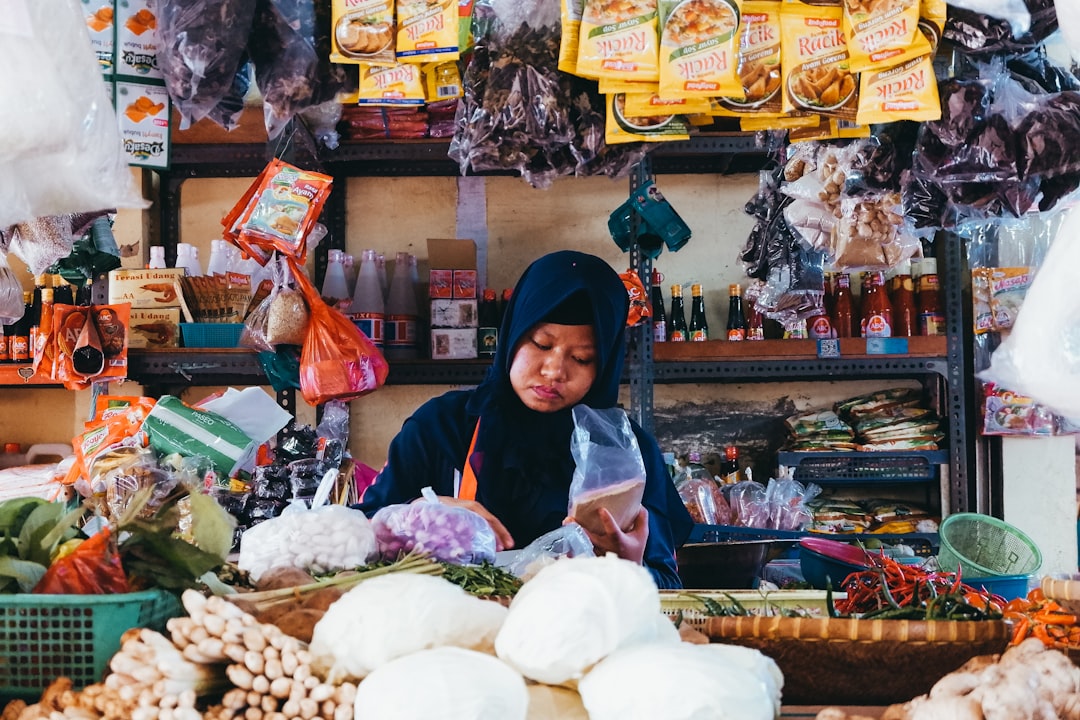
The transformation isn’t just about prestige or artistic recognition. Together, its facilities, programs, and services support a 5.6 billion-dollar art and cultural industry in New Mexico. This staggering figure represents the economic backbone of what many are calling a cultural renaissance.
Published December 14, 2023, Arts & Economic Prosperity 6 (AEP6) is a comprehensive economic and social impact study of New Mexico’s nonprofit arts and culture industry. The study reveals that art in New Mexico has moved far beyond tourism and gift shops. It’s become a legitimate economic force that rivals traditional industries.
Over the last three years — 2022, 2023 and 2024 — collections have reached between $17.2 million and $18.9 million each year. These aren’t just numbers on a page. They represent real money changing hands, real artists making a living, and real communities being transformed.
The International Folk Art Market Phenomenon
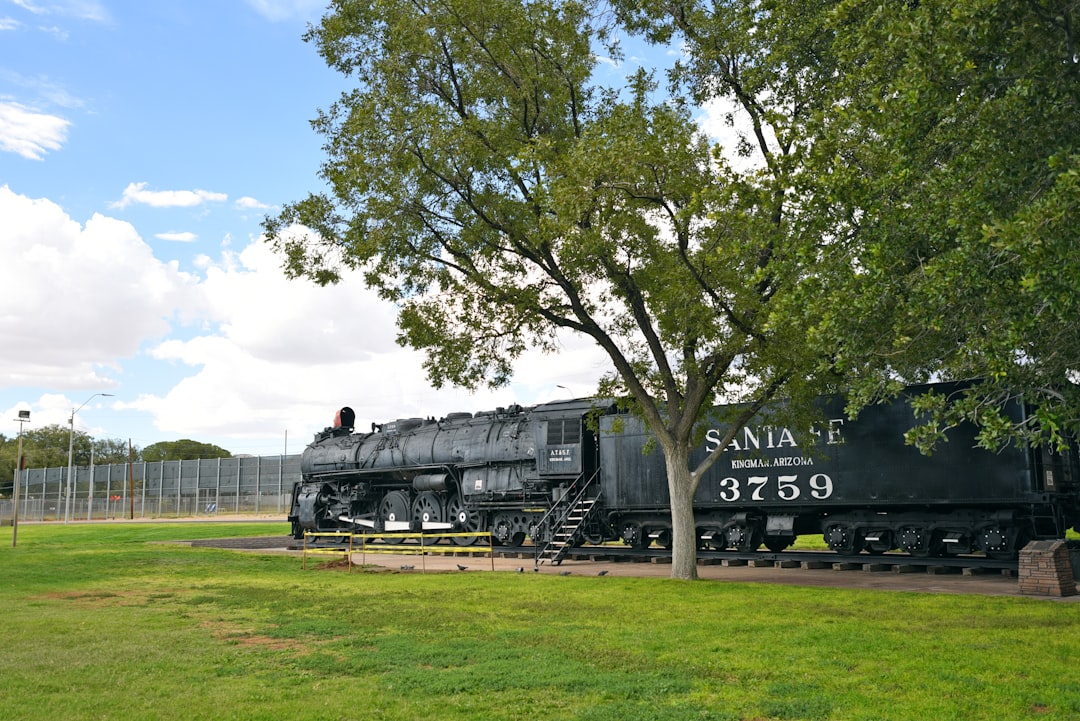
Every July, something magical happens in Santa Fe’s Railyard Park. The International Folk Art Market is the largest juried folk art market in the world. Over 160 artists from over 50 countries gather for a celebration of the handmade. But this isn’t just another arts and crafts fair.
This quintessentially New Mexican cultural art event attracts over 20,000 visitors from around the world annually. The 2025 edition promises to be even bigger, with more than 150 artists from more than 50 countries participating.
What makes this market special isn’t just its size or international scope. Every purchase at the International Folk Art Market supports generational traditions maintained by master craftspeople despite economic, environmental, and political pressures. This represents a new model for cultural preservation through commerce.
State-Authorized Arts Districts Transform Communities
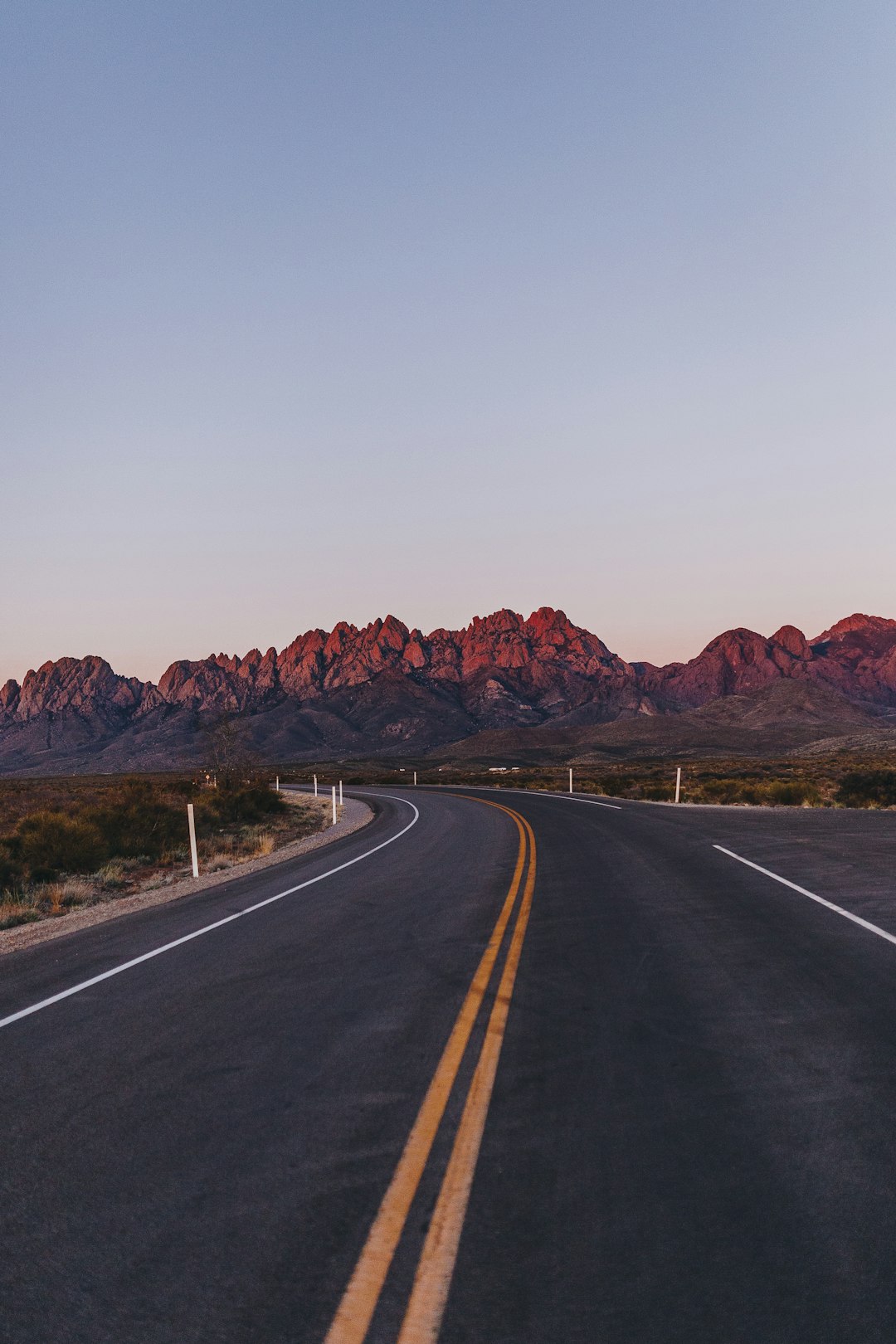
New Mexico has taken a systematic approach to cultural development that’s paying dividends. The Arts & Cultural Districts Program promotes the exceptional art and history of New Mexico while assisting communities in developing their cultural and artistic resources to create dynamic and economically vibrant districts. Established by the Legislature in 2007, as a comprehensive economic development strategy designed to capitalize on the expanding creative economy.
New Mexico has 12 affiliated Arts & Cultural Districts. These aren’t just ceremonial designations. They come with real benefits and real results. State-authorized Arts and Cultural Districts receive incentives such as assistance with developing cultural plans and enhanced historic tax credits for the rehabilitation of historic structures.
The program represents a unique partnership between state government and local communities. State agency partners in the program are the Economic Development Department’s New Mexico MainStreet Program, and Department of Cultural Affairs divisions New Mexico Arts and Historic Preservation.
Albuquerque’s Mural Renaissance
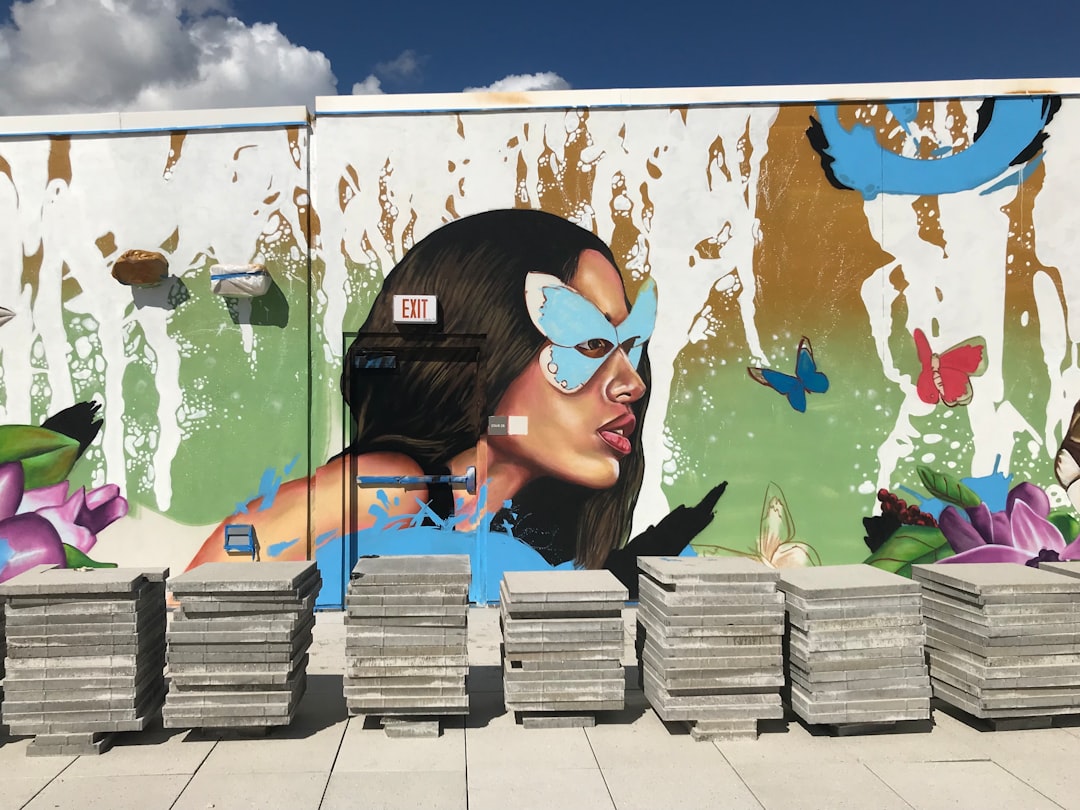
While Santa Fe grabs headlines, Albuquerque has been quietly building its own artistic revolution. Murals are an integral and traditional component of the arts scene in Albuquerque and the southwest. But what’s happening now goes far beyond tradition.
A vibrant downtown is the heart of any great city, and projects like this remind us how art can bring people together, inspire connection, and create places where everyone feels a sense of belonging, said Mayor Tim Keller. This isn’t just political rhetoric. The city is backing up these words with significant investment and innovative programs.
The Amy Biehl High School mural project represents something new in public art. The project provided students with a unique opportunity to contribute to the long-term beautification and revitalization of the city. This collaborative approach between students, local artists, and city departments is creating a new model for community engagement through art.
The Digital Age Meets Traditional Art
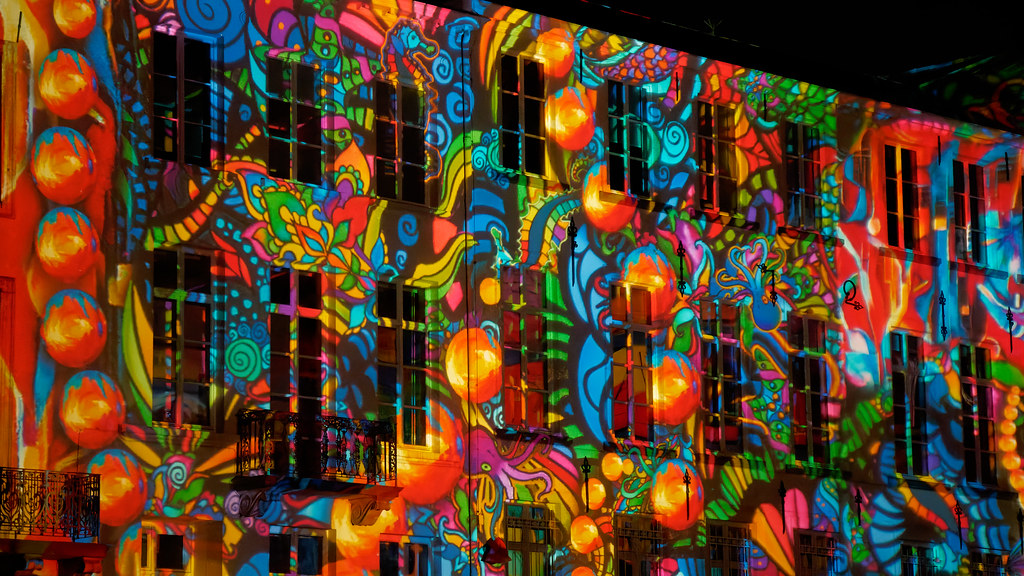
New Mexico’s art communities aren’t ignoring technology. CURRENTS New Media Festival heads back to its original home at El Museo de Cultural Santa Fe, June 13–22, 2025. This festival represents the cutting edge of where art and technology intersect.
At this art and technology extravaganza, expect immersive and expansive art experiences in new media for all ages—animation, virtual and augmented realities, interactive installations and video, multimedia performances, experimental documentaries, workshops, and more. This blend of traditional and digital art forms is attracting younger audiences and creating new possibilities for artistic expression.
The MurosABQ project in Albuquerque shows how digital tools can enhance traditional art forms. MurosConnect – Connecting Albuquerque Walls to Albuquerque Artists. Try MurosConnect, a public forum where we are connecting Albuquerque Artists to Albuquerque Walls. This digital platform is solving real problems for working artists while building stronger communities.
Native American Art Markets Drive Cultural Preservation
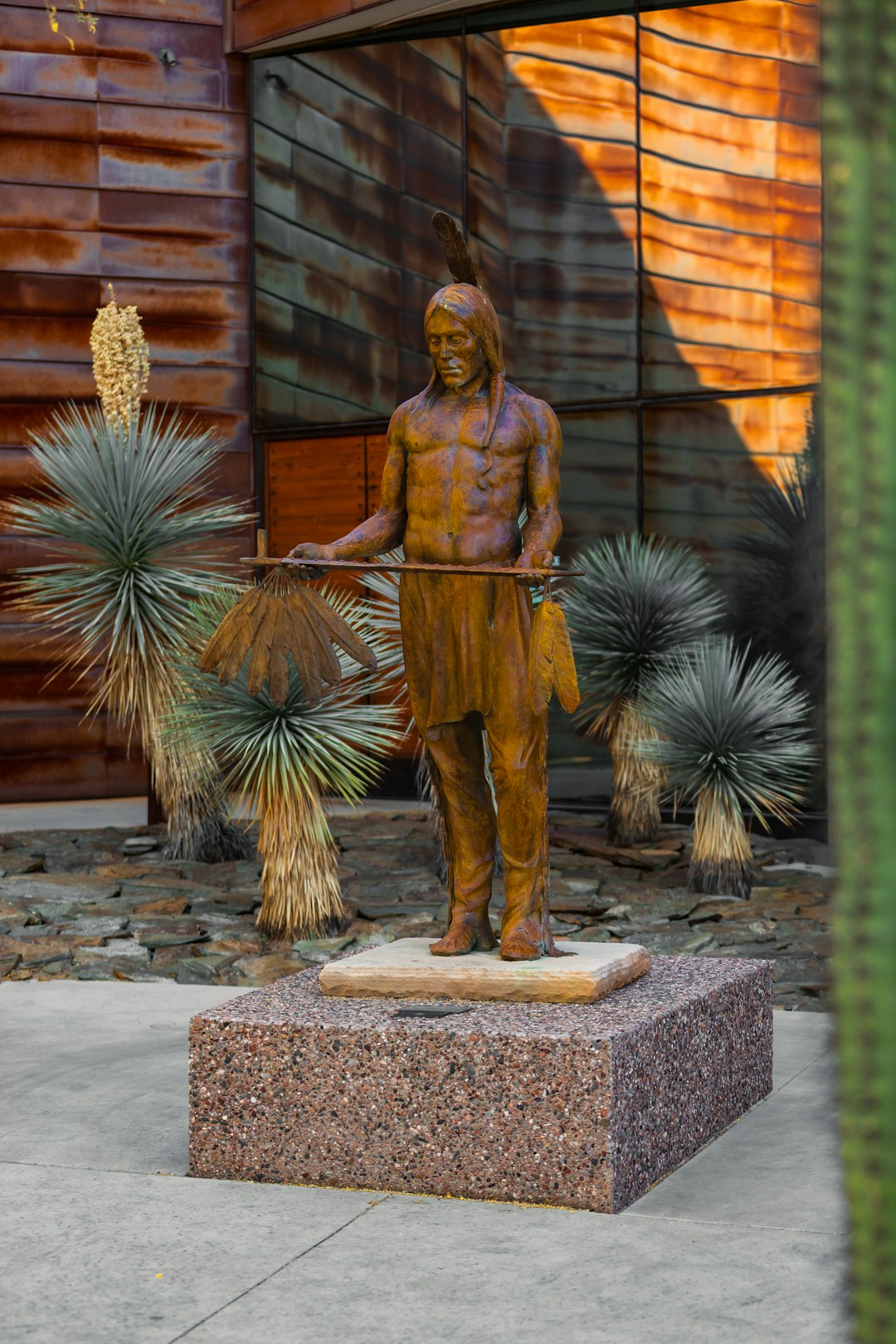
The cultural renaissance isn’t just about contemporary art. Santa Fe Indian Market — Discover Over 1000 Artists Representing More Than 200 Native American Tribal Associations. This market represents one of the most significant gatherings of Native American artists in the world.
Support the talents from the next generation of Native American artists and craftspeople. Youth artists aged five to seventeen who specialize in a variety of artistic mediums will be showcasing and selling their work. This focus on youth development ensures that traditional skills and cultural knowledge continue to thrive.
The economic impact extends beyond individual sales. Join us in the courtyard of the New Mexico History Museum for the 2025 Native American Portal Artisans’ Summer Youth Show July 12 & 13. These events create ongoing relationships between artists, collectors, and cultural institutions.
Hispanic Market Celebrates Contemporary Innovation
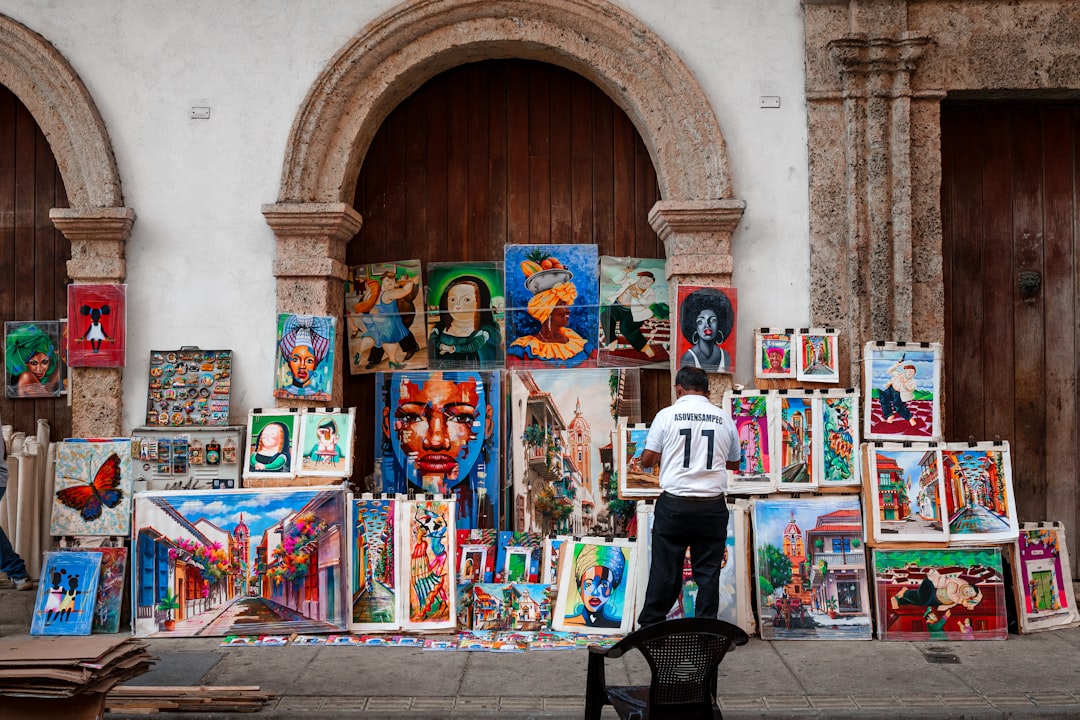
Prepared to celebrate its 38th year, the Contemporary Hispanic Market has once again hand selected artists to participate in the juried art show that is held each July in the cultural heart of Santa Fe. This market represents the evolution of traditional Hispanic art forms into contemporary expression.
The market has specific requirements that ensure authentic cultural representation. To be considered for the market, artists are required to be part Hispanic and a full-time resident of New Mexico. This requirement creates a direct connection between place, culture, and artistic expression.
The market is free to the public and in 2024 there will be more than 100 booths with many mediums of artwork created by New Mexico Hispanic resident artists. The accessibility of the market ensures that art remains connected to the broader community rather than becoming elitist.
Gallery Scene Adapts to Changing Market Conditions
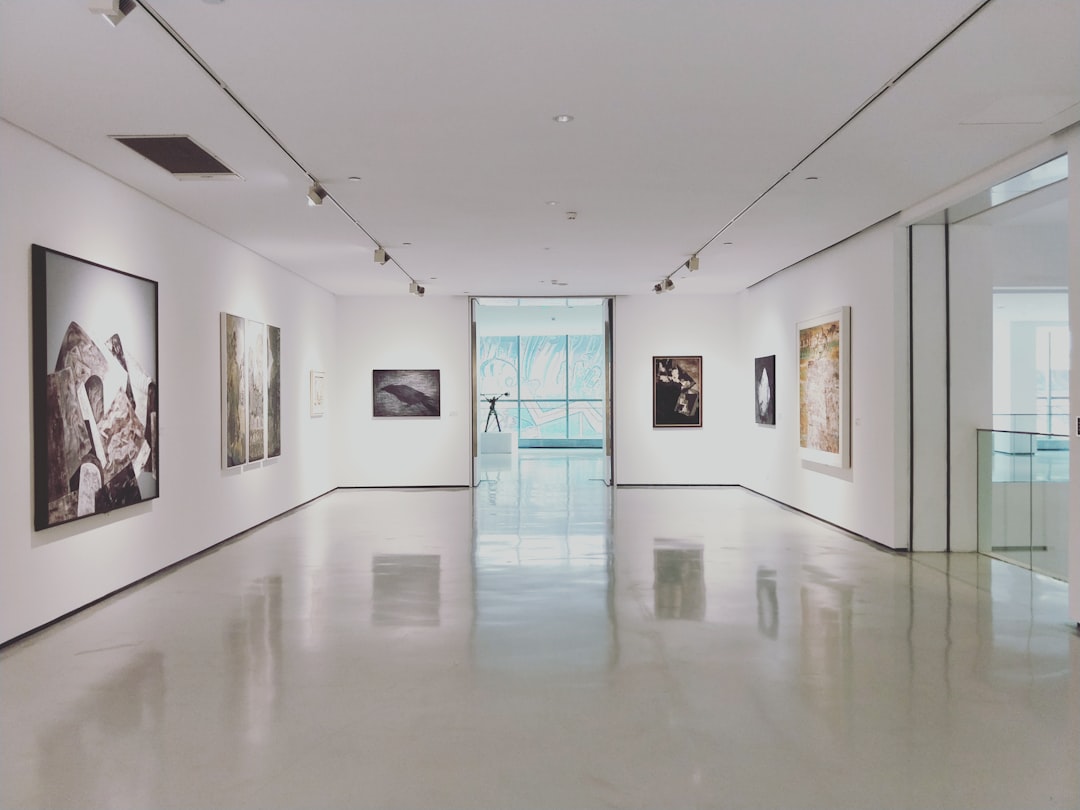
The gallery scene in New Mexico has had to adapt to challenging global conditions. The Art Basel and UBS Global Art Market Report, released last week, says global art sales dropped 12% in 2024, the second year of slowing sales after a strong post-pandemic recovery. The report notes the U.S., which led the market with 43% of sales, saw a smaller annual decline of 9%.
Despite these challenges, New Mexico’s art market shows resilience. One of the things that has allowed the Santa Fe art market to remain healthy is its diversity of styles, he said. Instead of being regarded as the capital of a particular genre — such as Scottsdale, Ariz., with its Western art or Charleston, S.C., with oil paintings of shady plantations featuring trees draped in Spanish moss — Santa Fe offers art lovers almost every kind of art imaginable.
The Role of Cultural Institutions
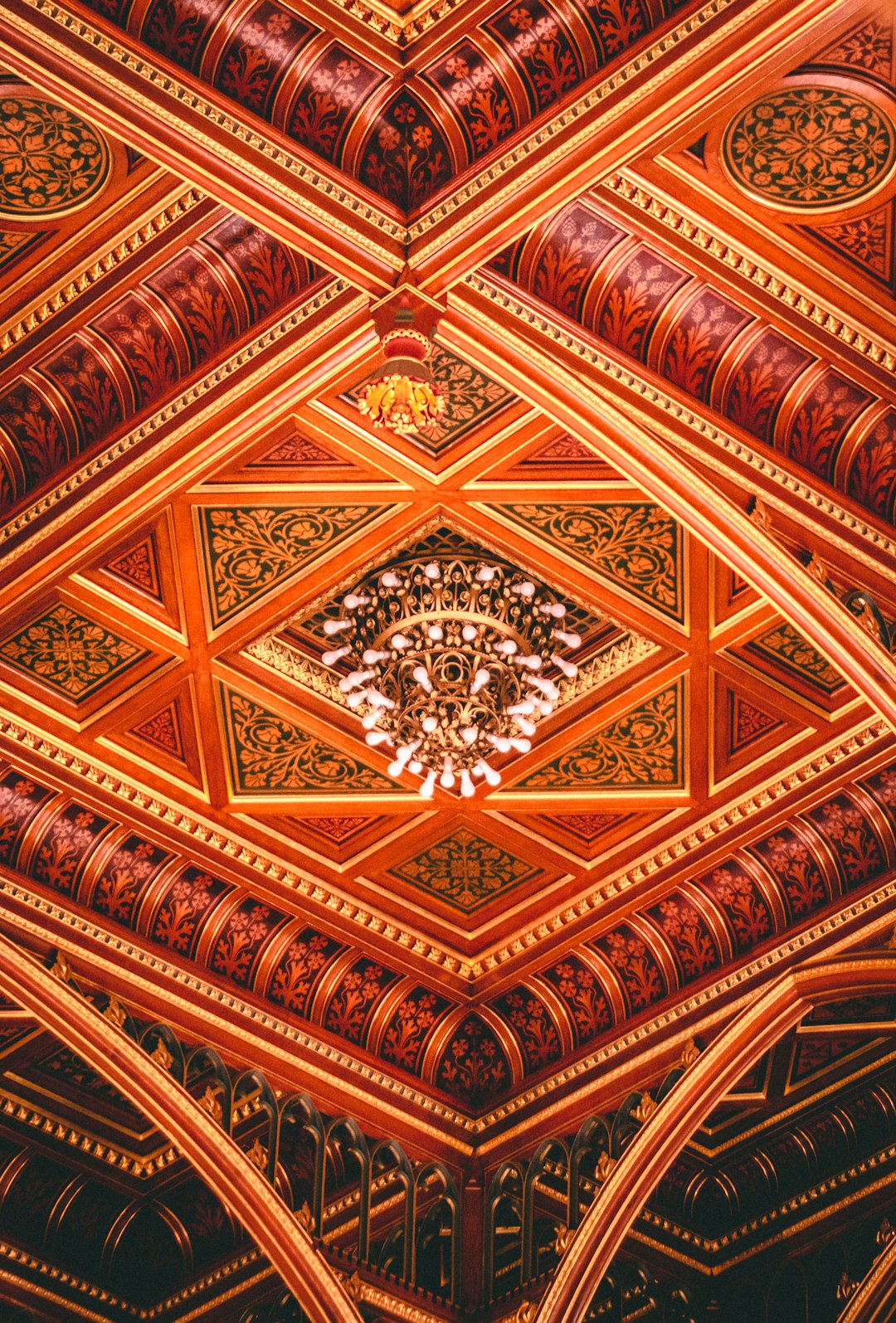
With its eight museums, eight historic sites, arts, archaeology, historic preservation and library programs, the department is one of the largest and most diverse state cultural agencies in the nation. The New Mexico Department of Cultural Affairs represents a significant investment in cultural infrastructure.
These institutions aren’t just preserving the past. The Museum of International Folk Art (MOIFA) and the Museum of Indian Arts & Culture (MIAC) are proud to partner with the 2025 International Folk Art Market (IFAM) to offer a special admission discount in honor of this extraordinary celebration of world folk art. This collaboration between institutions and markets creates synergies that benefit both artists and audiences.
The programming extends throughout the year, not just during major events. Enjoy a free concert series performed by campers from Hummingbird Music Camp every Saturday evening through July 26 at Jemez Historic Site. This ongoing programming keeps communities engaged with cultural activities year-round.
Community Engagement and Social Impact
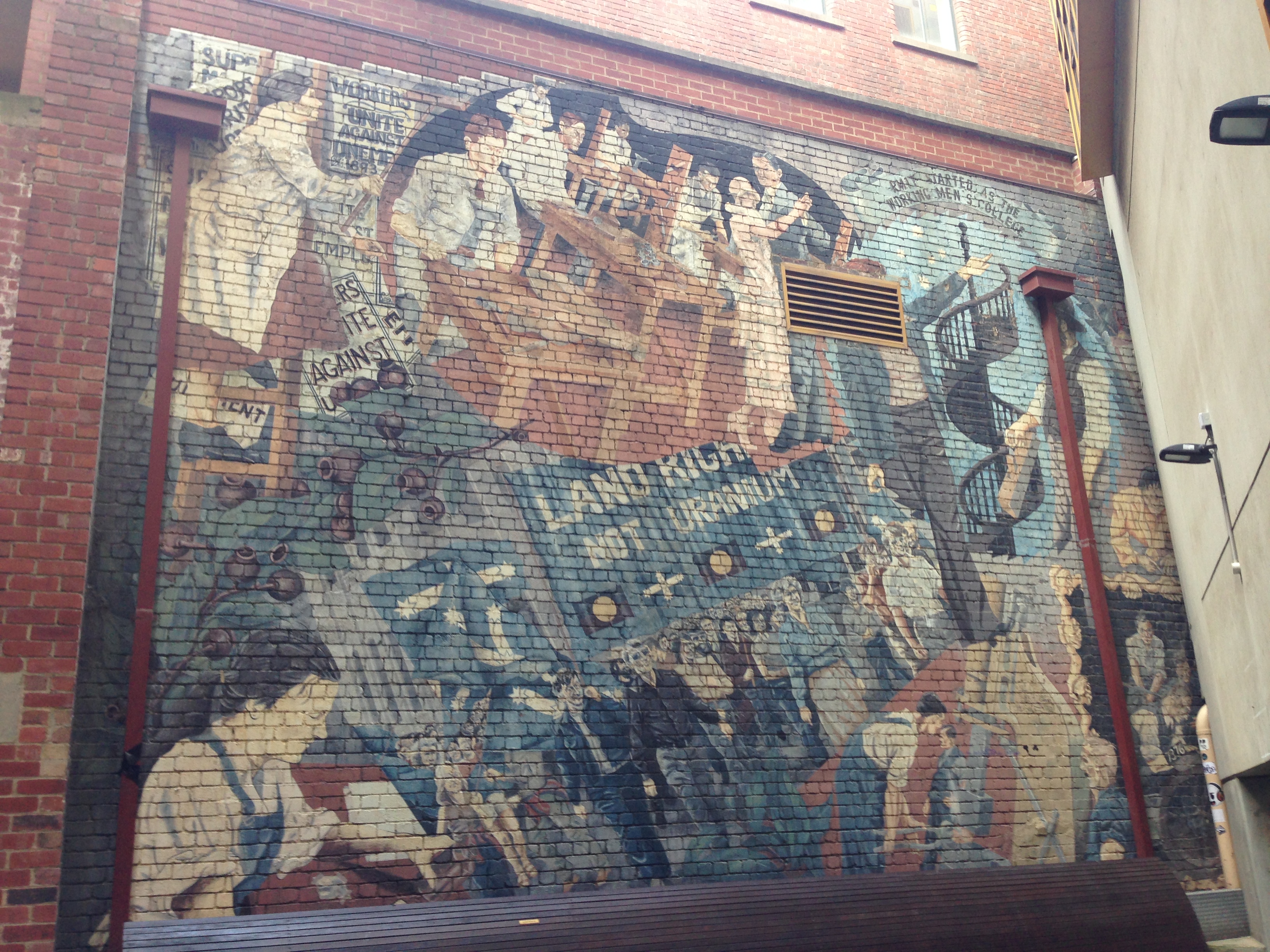
The cultural renaissance in New Mexico goes beyond economic numbers and tourist attractions. I’m very thankful for the opportunity to paint at the Rail Yards as it was a place where I’d paint and explore when it was abandoned. Now years later being involved in the revitalization of the Rail Yards is something I will forever cherish, said Roberto Lara, a local artist whose work exemplifies the personal connection between artists and their communities.
The Rail Yards mural project demonstrates how art can transform abandoned spaces into community assets. La Puesta del Sol, commissioned by the Albuquerque Arts Board, is a brightly colored mural composed of abstracted features of Albuquerque’s cultural and natural landscape including downtown’s iconic buildings and depictions of the Sandia mountains. Lara captures the sunsets that New Mexico is renowned for, with the vivid array of pink, red, and yellow hues symbolizing warmth, hope, and the vibrant spirit of the City.
This isn’t just about beautification. This mural is a testament to what can be achieved when students, local artists, and city departments come together to reimagine public spaces. The collaborative approach creates lasting connections between different parts of the community.
Looking Forward: Challenges and Opportunities
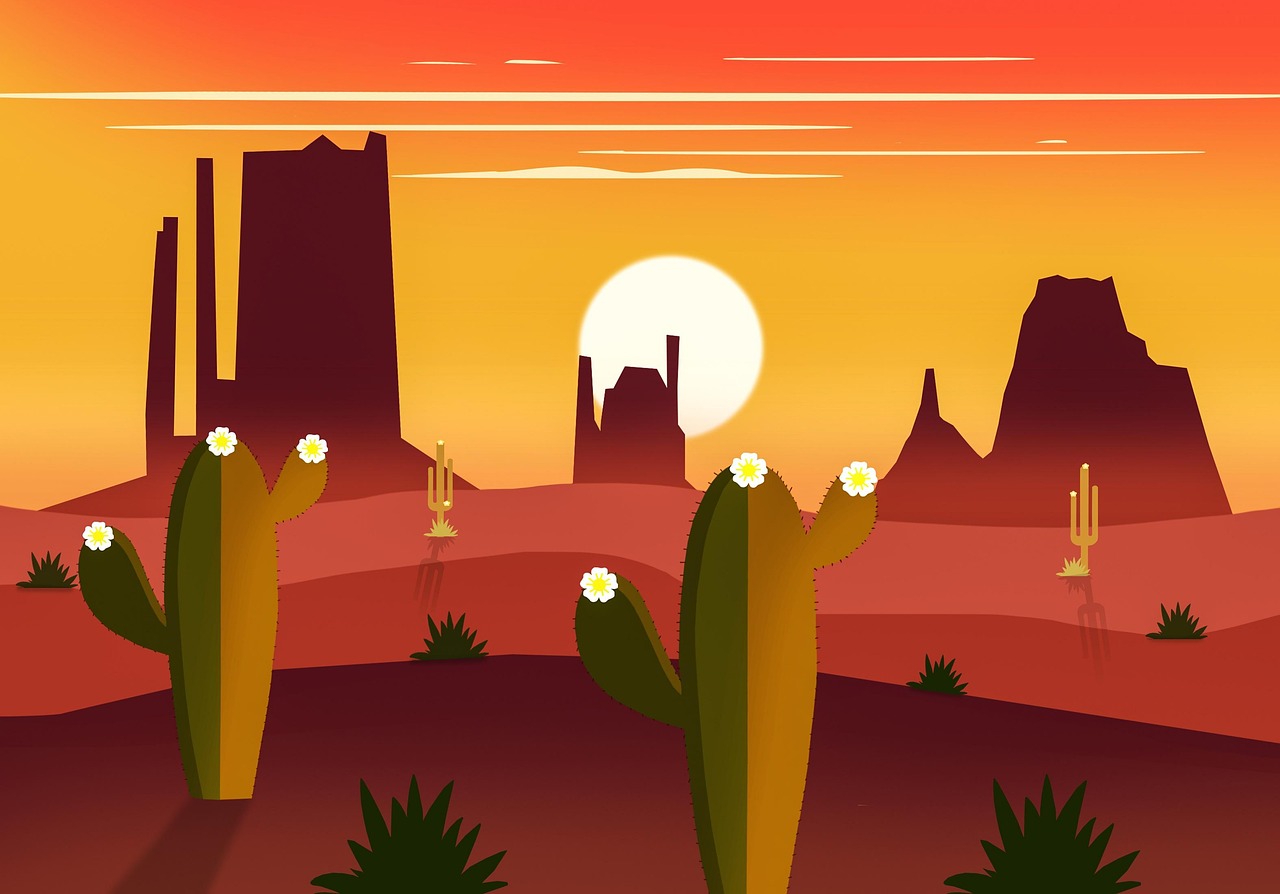
The cultural renaissance in New Mexico faces both exciting opportunities and significant challenges. We will ask questions about how New Mexico is both connected and removed from the broader visual art world and how the state’s unique characteristics—such as its art historical legacies and the tourism industry—impact New Mexico’s art market and art community. How do critical issues in this state, such as diversity, activism, migration, and environmental concerns, relate to national conversations in the cultural sphere?
These questions aren’t just academic. They represent real issues that New Mexico’s art communities must navigate as they continue to grow and evolve. The balance between preserving authentic cultural traditions and engaging with contemporary global art markets requires constant attention and careful planning.
The Future of New Mexico’s Cultural Renaissance
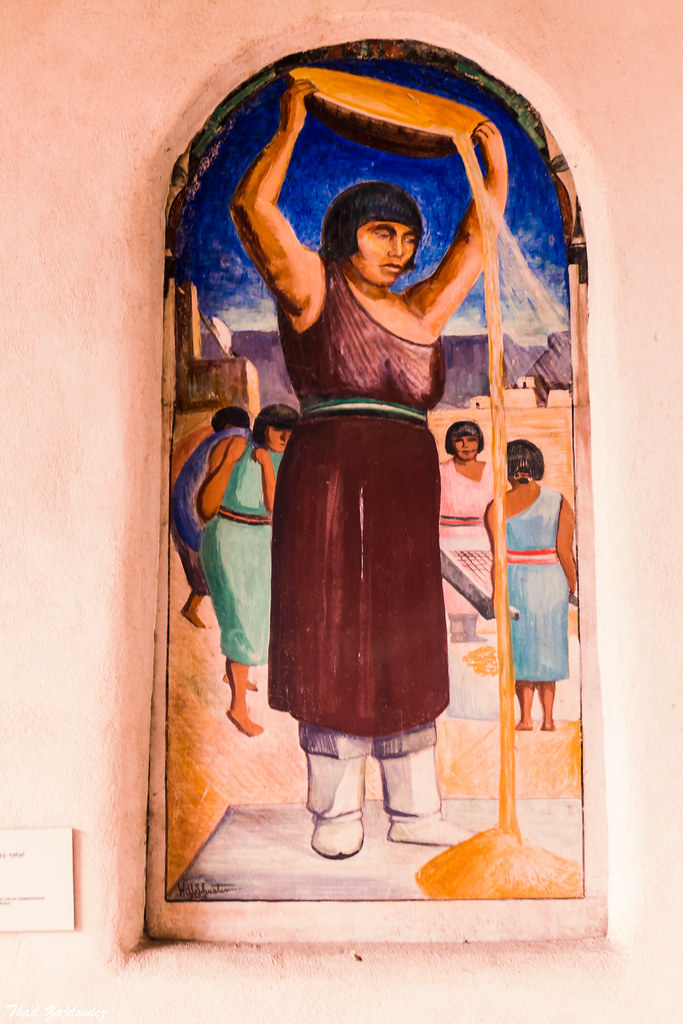
What began as isolated pockets of artistic activity has evolved into a comprehensive cultural ecosystem. Recognized internationally as a top art market in the United States, Santa Fe absolutely delivers as THE destination for world-class visual arts, with a long tradition of also celebrating, supporting, and economizing local artists’ creative life and process.
The renaissance continues to expand beyond traditional boundaries. The International Folk Art Market provides in-person lectures, workshops, and pop-ups featuring traditional craft, culture, and artist communities year round for Santa Fe, NM, Albuquerque, NM, and surrounding areas. This year-round programming ensures that the cultural impact extends far beyond major events.
The volunteer component of these cultural initiatives demonstrates deep community engagement. Over 1,400 dedicated volunteers help create our renowned market every year, volunteering over 40,000 hours of work. This level of community involvement suggests that the cultural renaissance has deep roots and sustainable momentum.
New Mexico’s cultural renaissance represents more than just economic development or tourism marketing. It’s a fundamental shift in how communities can use their cultural assets to create economic opportunity while preserving and celebrating their unique identities. The success of New Mexico’s approach offers lessons for other regions seeking to build sustainable cultural economies. What started as a collection of individual artistic efforts has become a coordinated movement that’s reshaping entire communities. Will this model spread to other states facing similar challenges of economic diversification and cultural preservation?


